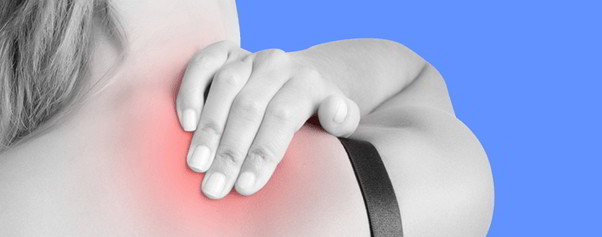The outstanding criticism in polymyalgia rheumatica is pain and stiffness in the shoulders and hips, connected with a decrease of energy and an overall sense of not feeling good.
The illness, which might run in families, is uncommon under the age of 60 and is twice as common in females. Polymyalgia rheumatica is an autoimmune disorder in which antibodies attack the body’s own tissues, in this scenario the muscles. It may happen in association with another autoimmune disorder, temporal arteritis.
What Are The Symptoms?
- The symptoms generally appear over several weeks but occasionally develop suddenly. They comprise: painful, stiff muscles, frequently causing trouble getting out of bed and moving around and generally changing the neck and shoulders
- deep exhaustion
- constant or irregular temperature; night sweats
- weight loss
- depression.
If temporal arteritis is, in addition, present, there could be serious headaches on one or both sides of the head and tenderness of the scalp.
What Might Be Done?
It is necessary to get guidance because treatment is easy and powerful.
- Your physician will likely have the ability to make a diagnosis only on a physical examination and the results of blood tests to search for inflammation.
- Added blood tests will be performed to exclude other illnesses, including rheumatoid arthritis.
- Oral corticosteroids reduce the inflammation and pain drastically. If you additionally have temporal arteritis, the first doses may be high. Either way, the dose will be reduced to a maintenance amount once the symptoms subside.
Take heart! Symptoms are generally alleviated shortly after beginning corticosteroid treatment. Nevertheless, polymyalgia rheumatica may remain, in which case you’ll have to continue taking low doses of a corticosteroid, for example Prednisone.


 (48 votes, average: 4.55 out of 5)
(48 votes, average: 4.55 out of 5)